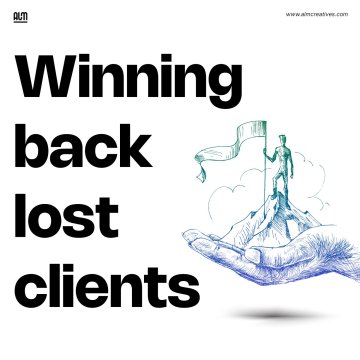Search
From Products to Experiences: How to Transform Your Business Strategy
Business and advices
In today's digital age, customers have more choices than ever before. They can compare shops with a few clicks of a button, and they expect a seamless and personalized experience from the companies they do business with.
In this environment, it is no longer enough to simply offer a good product or service. Businesses need to focus on creating a great customer experience (CX). A great CX can differentiate a business from its competitors, drive sales, and build customer loyalty.
There are a number of reasons why CX is becoming increasingly important. First, customers are more demanding than ever before. They expect a high level of service and convenience, and they are quick to switch to a competitor if they are not satisfied. Second, the rise of social media has made it easier for customers to share their experiences with others. A negative CX can quickly go viral and damage a company's reputation.
Third, technology is making it easier for businesses to collect data about their customers and personalize their experiences. This data can be used to identify customer preferences, predict customer behavior, and deliver targeted marketing messages.
As a result of these factors, businesses are increasingly shifting their focus from products to experiences. This means putting the customer at the center of everything they do, from product development to marketing to customer service.
Understanding the Experience Economy:
The term "experience economy" was coined by B. Joseph Pine II and James H. Gilmore in the late 1990s. It suggests that businesses can create added value and command a premium by designing experiences that engage and captivate customers. This concept is now more relevant than ever, as customers are drawn to brands that provide personalized, meaningful encounters.
There are a number of steps that businesses can take to transform their business strategies from products to experiences. These include:
Understand your customers:
The first step is to understand your customers' needs and wants. What are they looking for in a product or service? What are their pain points? What are their expectations for the customer experience?
Design for the customer journey:
Once you understand your customers, you need to design a CX that meets their needs and wants at every stage of the customer journey. This includes everything from the initial product discovery to the post-purchase support.
Empower your employees:
Your employees are the front line of your CX. They need to be empowered to make decisions and solve problems on the spot. This will help to ensure that customers have a positive experience, even when things go wrong.
Use technology to your advantage:
Technology can be a powerful tool for improving CX. Use it to collect customer feedback, personalize experiences, and automate tasks.
Measure your results:
It's important to measure the impact of your CX initiatives. This will help you to track your progress and make necessary adjustments.
In addition to the steps mentioned above, consider these supplementary tips for creating an outstanding CX:
Be proactive.
Don't wait for customers to come to you with problems. Anticipate their needs and address them before they become issues.
Be personal.
Customers want to feel like they're dealing with a real person, not a faceless corporation. Use their names, personalize your communications, and make an effort to get to know them.
Be consistent.
Customers should have a consistent experience across all channels, from your website to your customer service line.
Be easy to do business with.
Make it easy for customers to find the information they need, make purchases, and get help when they need it.
Be responsive.
Customers expect a quick response to their questions and concerns. Don't make them wait.
Be helpful.
Go above and beyond to help customers. This could mean offering refunds, discounts, or even free products or services.
Here are some examples of companies that have successfully transformed their business strategies from products to experiences:
Amazon:
Amazon is known for its excellent customer service and its ability to deliver products quickly and efficiently. Amazon has also invested heavily in technology to personalize the shopping experience for each customer.
Netflix:
Netflix has revolutionized the way we watch movies and TV shows. The company offers a vast library of content that can be streamed on demand. Netflix also uses data to recommend shows and movies that customers are likely to enjoy.
Apple:
Apple is known for its sleek design and user-friendly products. The company also provides excellent customer service and support. Apple's products are designed to create a seamless and enjoyable experience for customers.
These companies exemplify the successful implementation of an experience-driven business strategy. To remain competitive in today's market, focusing on creating a remarkable CX is essential. Remember, it is not solely about what you sell, but how you make your customers feel. By aligning your strategy with customer expectations, you can thrive in the experience-driven economy.




